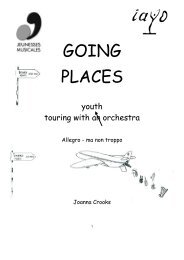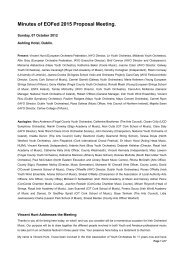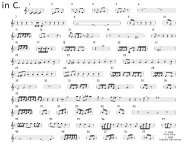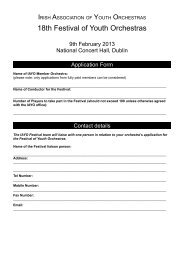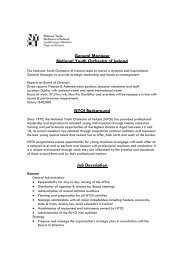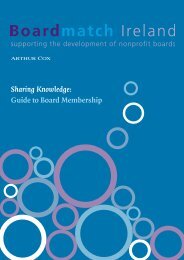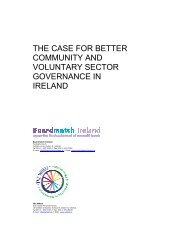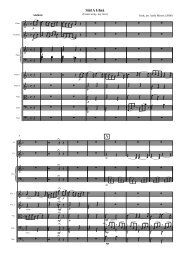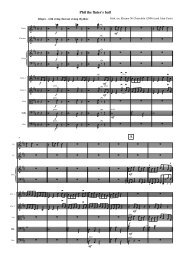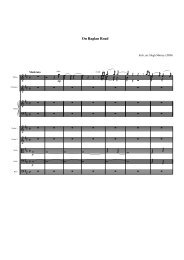A SOUND EAR II - Association of British Orchestras
A SOUND EAR II - Association of British Orchestras
A SOUND EAR II - Association of British Orchestras
You also want an ePaper? Increase the reach of your titles
YUMPU automatically turns print PDFs into web optimized ePapers that Google loves.
A <strong>SOUND</strong> <strong>EAR</strong> <strong>II</strong><br />
You should have a written noise policy, which may form part <strong>of</strong> your safety policy, or become the core <strong>of</strong> a safety<br />
policy. See http://www.hse.gov.uk/smallbusinesses/must/policy.htm<br />
The noise policy should spell out:<br />
• specific noise responsibilities, from the managing director downwards;<br />
• how you manage noise assessments;<br />
• how you manage noise control;<br />
• how the noise group relates to your safety committee or other consultation arrangements.<br />
An assessment should include consideration <strong>of</strong>:<br />
• level, type and duration <strong>of</strong> exposure;<br />
• exposure to peak sound pressure;<br />
• effect on employees at particular risk;<br />
• information from health surveillance;<br />
• availability <strong>of</strong> personal hearing protection (php).<br />
And will therefore include:<br />
• knowledge <strong>of</strong> the works to be played - how loud; how long; composer’s style;<br />
• knowledge <strong>of</strong> the venue - space / restrictions / resources / acoustic;<br />
• any valid measurements;<br />
• analysis <strong>of</strong> the works - how energetic; extreme changes in dynamic; significant concentrations <strong>of</strong> energy; instruments<br />
that are masked etc;<br />
• knowledge <strong>of</strong> the individuals - conductor / soloists / principals;<br />
• feelings about the works - how painful / startling / unpleasant / tiring.<br />
The output <strong>of</strong> the assessment is a statement <strong>of</strong> the things to be done to reduce risk, and by whom. Clearly this needs to<br />
dovetail with all the other activity on the day, so actions may need to be delegated. Some noise controls are unpopular,<br />
and you will need to check that they actually happen. If you do not check, you do not have a control system. Most<br />
noise controls have unhelpful side effects, and you should get feedback about the extent to which these side effects were<br />
successfully avoided. Where you measure noise levels, please share them with other orchestras via the ABO.<br />
You should keep a written record <strong>of</strong> the assessment, sufficient to demonstrate that it was adequate, to provide<br />
others (including players) with the significant findings, to develop your action plan, to learn from it when doing later<br />
assessments, and to be able to share ideas with other orchestras. You should expect your record to include:<br />
23<br />
Date Venue Programme<br />
Players<br />
Valid Data<br />
Mandatory PHP Periods<br />
Checks Made<br />
Conductor<br />
Prominent Risks<br />
What Controls<br />
Did the Controls Work?<br />
Soloist(s)<br />
Risk Ball-Park<br />
Managed by Whom<br />
Measured Noise Levels<br />
Action plans<br />
Some noise controls are easy, some require long-range planning. All require management effort, and communication<br />
with the players and others. You will need to develop a plan for noise that identifies the new things to be done and<br />
the effort, persuasion and funding required, and lays out the stages towards attainment. Responsibility for and regular<br />
review <strong>of</strong> the plan should be incorporated into your noise policy.



